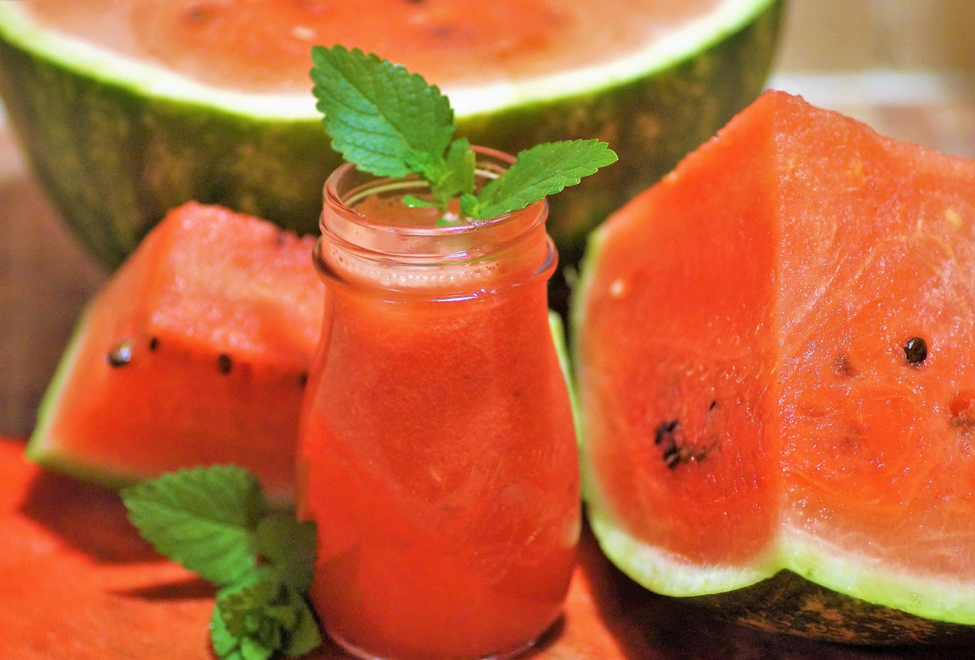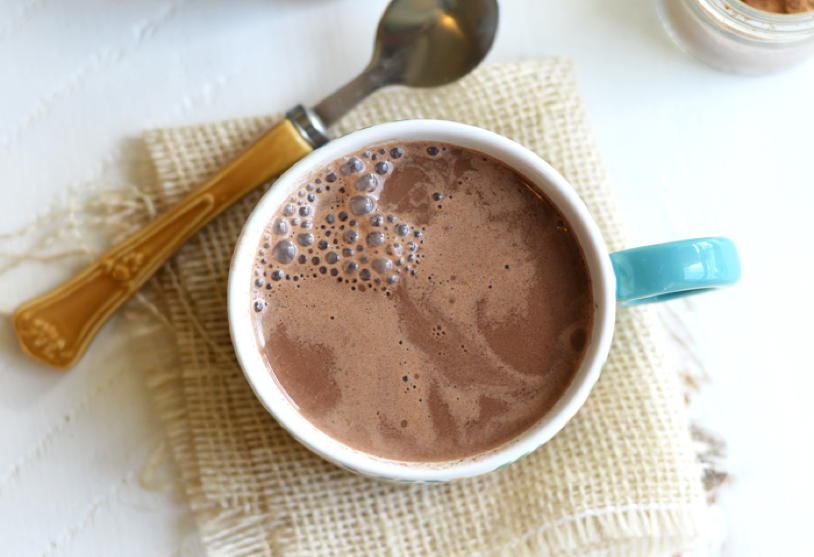Q.I’m waiting to have surgery to take a cancer lump from my left breast. Then I will be taking radiation treatment. Will my breast be disfigured from this and will I be suitable to build my breast appearance with reconstruction surgery?
Judi
A.Hi Judi, Sorry you’re having to go through this. Management of a lumpectomy defect can be more complicated than reconstructing an entire breast after mastectomy. If you are sure you want to have a lumpectomy instead of mastectomy, then it may be best to have a plastic surgeon do reconstructive surgery on your breast at the same time as your general surgeon does the lumpectomy, before radiation, as the radiation will make any subsequent surgery to improve the shape of the breast much, much riskier (particularly regarding wound healing problems). If you would like to discuss your situation in more detail by phone, I would be happy to speak with you.
Richard M. Kline, Jr., MD


























